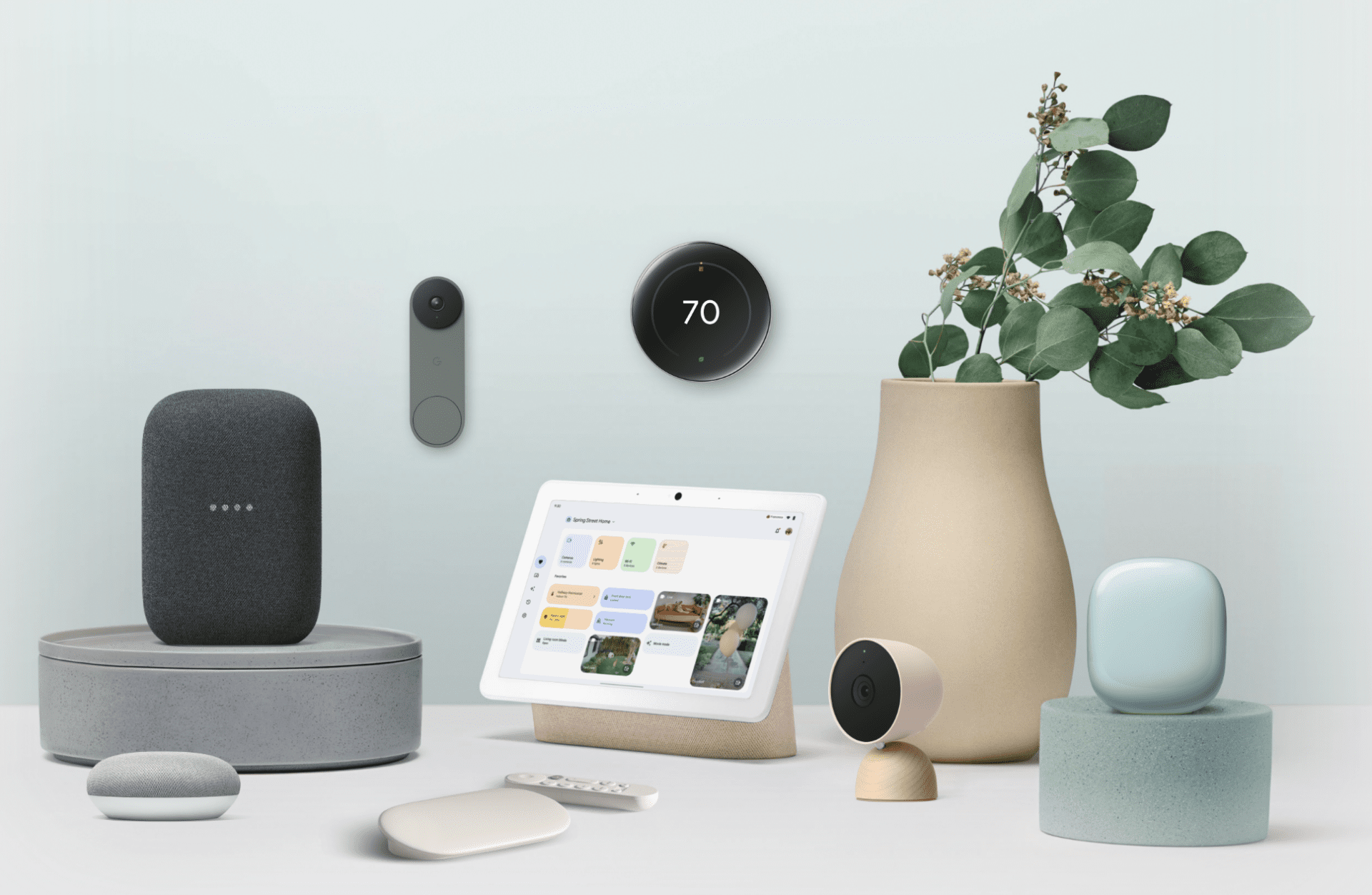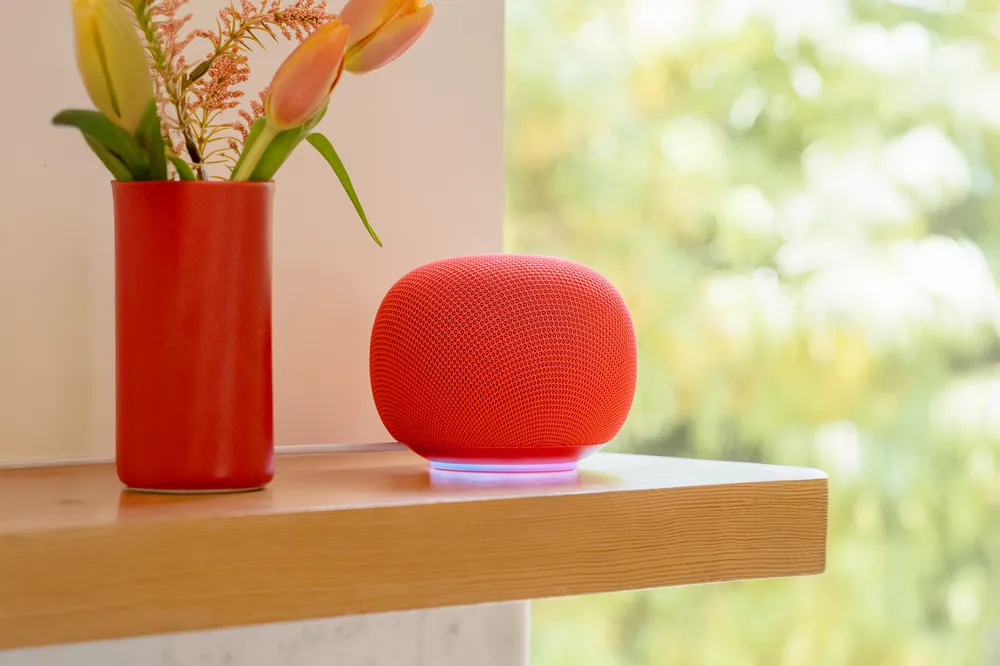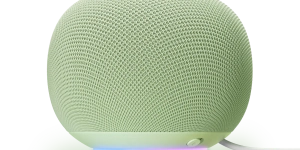Major smart home ecosystem Google is adding local control for essential Matter smart home device types, a long-awaited feature for users who have been calling for it. The cloud-heavy platform is finally making the move for its in-house app, a change that addresses a core complaint: that its cloud reliance undermined the primary local-control promise of Matter.
The complex of cloud-based platforms and Matter
Local control is often a privilege rather than a given in the modern smart home. Most core smart home technologies are designed to work locally, including Zigbee, Thread, Wi-Fi, and BLE Mesh, and so is Matter.

However, when user interfaces like apps, web pages, and voice commands are involved, the communication routine becomes complex. More cloud components get involved, which, in the end, can make your devices unresponsive when a server is down, as seen in the recent AWS outage. If you were to cut off your home’s internet, many devices in such ecosystems would be out of control, leaving you to fall back on vendor apps using Bluetooth or other local protocols.
This was precisely the situation with Google Home. It has historically relied on the cloud to pull device lists and states, meaning it could easily lose control when there was a glitch with your internet connection.
Google’s fragmented path to local control
“Speed matters in the smart home,” said Anish Kattukaran, Chief Product Officer of Google for Home and Nest. He stated that the Google Home app is adding local control for Matter lights, plugs, and switches, a move that promises to double responsiveness.

This update is a significant reversal of Google’s previous, fragmented local strategy. For a long time, Google’s solution for local control wasn’t to fix its own app. Instead, it launched the Google Home API, which grants access to partners. This encouraged companies like Eve, Nanoleaf, Aqara, and eWeLink to add Google Home controls to their apps, which could then control Matter devices on Google’s fabric locally.

At the same time, Google launched the Google Home Runtime, which allowed vendors like LG to build Google’s hub components directly into their devices, such as a TV. This was a workaround; it gave users a path to local control, but it was messy and didn’t fix the core problem: the Google Home app itself, the central point of user interaction, was still slow and cloud-dependent. This new rollout finally addresses the app, localizing the communication between the phone, the local hub, and the end devices.
A strategic shift, enabled by Matter
This feature, rolling out first to Android with iOS to follow, signals a major strategic shift for Google’s smart home. It moves the Google Home ecosystem much closer to the local-first architecture that Apple Home has championed for years. With the power of Matter as a local-by-default standard, Google is now re-engineering its app to reduce cloud reliance and deliver the “instant” response times that users demand. While it can also help to reduce expenses on cloud service bills.

This local-first push extends beyond just the app. This move is part of a deeper effort by Google to integrate smart home control directly into the Android operating system. Recent Pixel phones, for example, now include built-in Thread radios. This is a similar and significant move to Apple’s long-standing strategy, where the iPhone’s built-in Thread radio allows it to act as a direct local controller for the home, adding and controlling devices without even needing a hub. By building this capability into Android, Google is finally creating a true, system-level competitor to Apple’s seamless integration.
While this new update is an essential and welcome step, it is not a complete solution. The announcement specifically mentions only “lights, plugs, and switches.” This leaves users to wonder when, or if, local control will come to more complex Matter devices like thermostats, locks, and sensors. Furthermore, while the app is getting faster, the “Hey Google” voice command (also Gemini) itself still relies on a cloud round-trip for its language processing. So, while the app may soon survive the next internet outage, your voice commands likely will not.
(Source: Google; Image Source: Google)


